MSI has presented ti Gaming X Trio with the GeForce RTX 2080 and introduces its own new graphics card design. From the very beginning, MSI relies on a true custom design and its own cooler with three fans (2x 9.5 cm and 1x 8.5 cm) as well as with the obligatory RGB effects. It is equipped with the TU102, has 11 GB of GDDR6 graphics memory and offers everything else that we already know from the reference design.
The card, which weighs just under 1.6 kg, is a proud 32.5 cm long, measures just under 13.5 cm from the top edge of the slot panel to the top edge of the graphics card case and is 5.3 cm thick. Then there is another 0.5 cm for the silver backplate. This means that it can already encounter space problems if housings are too small. The cover is made of plastic with optical accents such as RGB lighting, which can be regulated and switched off by driver. This includes the GeForce logo on the top.
MSI delivers the card with three external ATX power connectors: two 8-pin and a 6-pin jack. According to the manufacturer, the latter must also be connected, although it is technically superfluous. All previous Turing cards with the TP102 did not reach 350 watts of power consumption for the entire card even with OC and raising the predetermined power target. But more on that later. The screenshot of GPU-Z gives us a first impression:
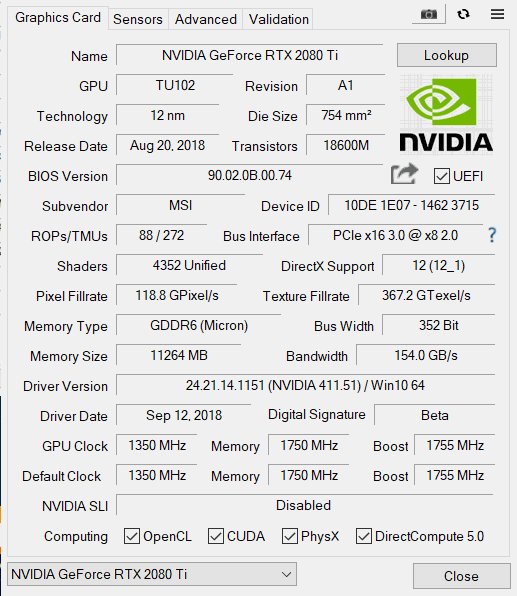
Technical data and comparison maps
At the end of this introduction, the maps of the new generation and those of the old generation in direct tabular comparison:
| MSI GeForce RTX 2080 Ti Gaming X Trio |
Nvidia GeForce RTX 2080 Ti Fe |
Nvidia GeForce RTX 1080 Ti Fe |
Nvidia GeForce RTX 2080 Fe |
Nvidia GeForce RTX 1080 Fe |
|
| Architecture (GPU) |
Turing (TU102) | Turing (TU102) | Pascal (GP102) | Turing (TU104) | Pascal (GP104) |
| CUDA Cores |
4352 | 4352 | 3584 | 2944 | 2560 |
| Peak FP32 Compute |
14.2 TFLOPS |
14.2 TFLOPS | 11.3 TFLOPS | 10.6 TFLOPS | 8.9 TFLOPS |
| Tensor-Cores |
544 | 544 | No | 368 | No |
| RT-Cores |
68 | 68 | No | 48 | No |
| Texture Units |
272 | 272 | 224 | 184 | 160 |
| Basic clock |
1350 | 1350 MHz | 1480 MHz | 1515 MHz | 1607 MHz |
| Boost clock |
1750 | 1635 MHz | 1582 MHz | 1800 MHz | 1733 MHz |
| Memory |
11GB GDDR6 | 11GB GDDR6 | 11GB GDDR5X | 8GB GDDR6 | 8GB GDDRX5 |
| Storage bus |
352-bit | 352-bit | 352-bit | 256-bit | 256-bit |
| Memory bandwidth |
616 GB/s | 616 GB/s | 484 GB/s | 448 GB/s | 320 GB/s |
| Rops |
88 | 88 | 88 | 64 | 64 |
| L2 Cache |
5.5MB | 5.5MB | 2.75MB | 4MB | 2MB |
| Tdp |
330W | 260W | 250w | 225W | 180w |
| Transistors |
18.6 billion | 18.6 billion | 12 billion | 13.6 billion | 7.2 billion |
| Chip size |
754 mm2 | 754 mm2 | 471 mm2 | 545 mm2 | 314 mm2 |
| SLI Support |
Yes (x8 NVLink, x2) | Yes (x8 NVLink, x2) | Yes (MIO) | Yes (x8 NVLink) | Yes (MIO) |
Test system and measurement methods
We have already described the new test system and the methodology in detail in the basic article "How We Test Graphics Cards, as of February 2017" and therefore refer to this detailed basis for simplicity. Description. So if you want to read everything again, you are welcome to do so. However, we have again improved CPU and cooling to largely exclude possible CPU bottlenecks for this fast card.
If you are interested, the summary in table form quickly provides a brief overview:
| Test systems and measuring rooms | |
|---|---|
| Hardware: |
Intel Core i7-6900K -4.5GHz MSI X99S XPower Gaming Titanium G.Skill TridentZ DDR4 3600 1x 1 TByte Toshiba OCZ RD400 (M.2, System SSD) 2x 960 GByte Toshiba OCZ TR150 (Storage, Images) Be Quiet Dark Power Pro 11, 850-watt power supply |
| Cooling: |
Alphacool Ice Block XPX 5x Be Quiet! Silent Wings 3 PWM (Closed Case Simulation) Thermal Grizzly Kryonaut (for cooler change) |
| Housing: |
Lian Li PC-T70 with expansion kit and modifications Modes: Open Benchtable, Closed Case |
| Monitor: | Eizo EV3237-BK |
| Power consumption: |
non-contact DC measurement on the PCIe slot (Riser-Card) non-contact DC measurement on the external PCIe power supply Direct voltage measurement on the respective feeders and on the power supply 2x Rohde & Schwarz HMO 3054, 500 MHz multi-channel oscillograph with memory function 4x Rohde & Schwarz HZO50, current togor adapter (1 mA to 30 A, 100 KHz, DC) 4x Rohde & Schwarz HZ355, touch divider (10:1, 500 MHz) 1x Rohde & Schwarz HMC 8012, digital multimeter with storage function |
| Thermography: |
Optris PI640, infrared camera PI Connect evaluation software with profiles |
| Acoustics: |
NTI Audio M2211 (with calibration file) Steinberg UR12 (with phantom power for the microphones) Creative X7, Smaart v.7 own low-reflection measuring room, 3.5 x 1.8 x 2.2 m (LxTxH) Axial measurements, perpendicular to the center of the sound source(s), measuring distance 50 cm Noise in dBA (Slow) as RTA measurement Frequency spectrum as a graph |
| Operating system | Windows 10 Pro (1803, all updates) |














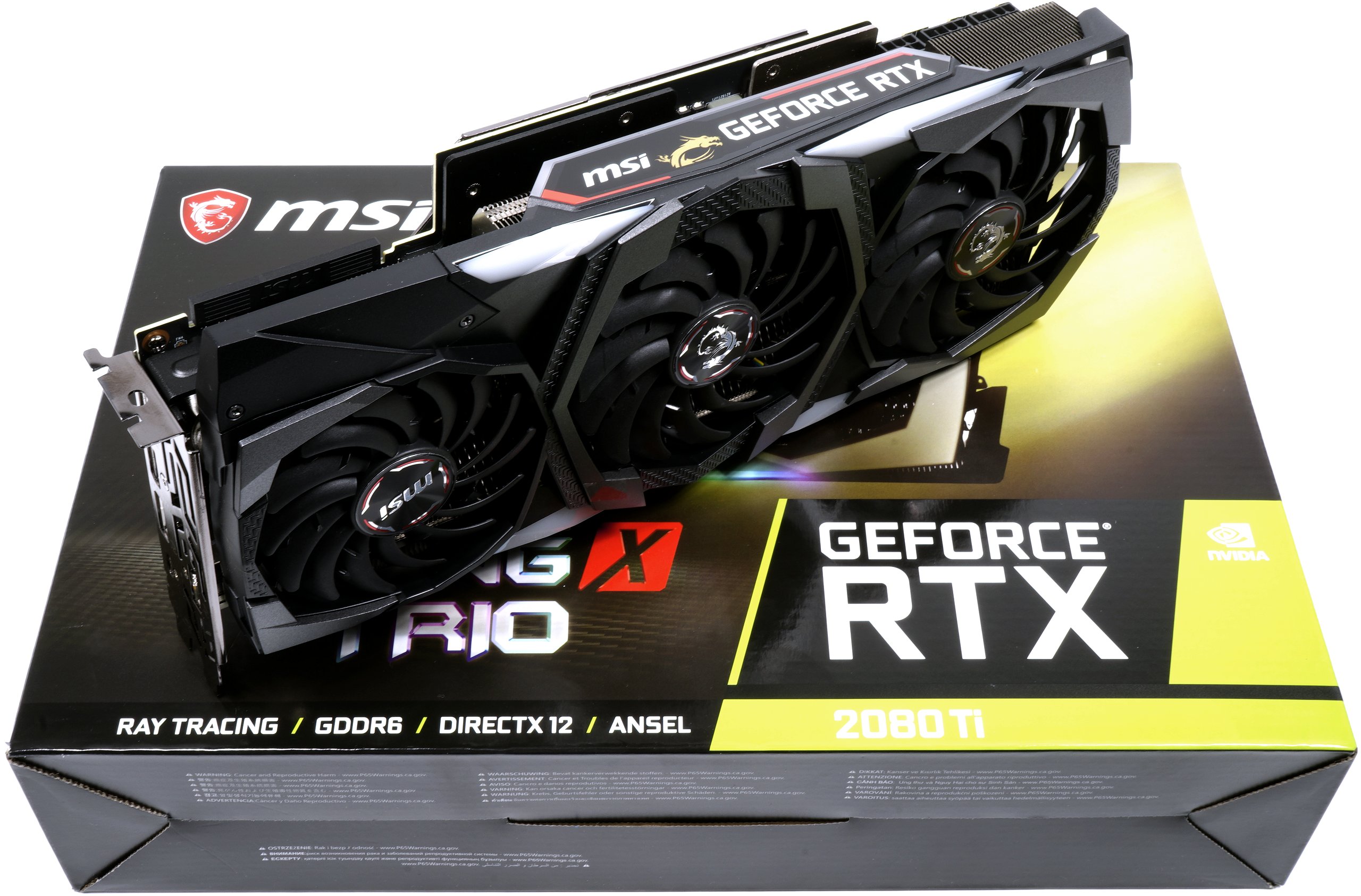
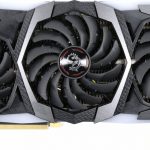
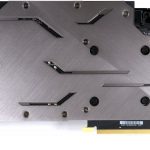
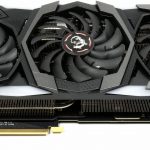
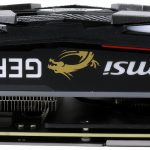
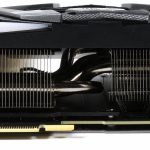

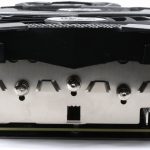
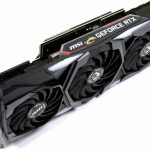
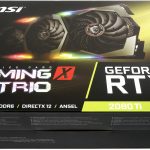
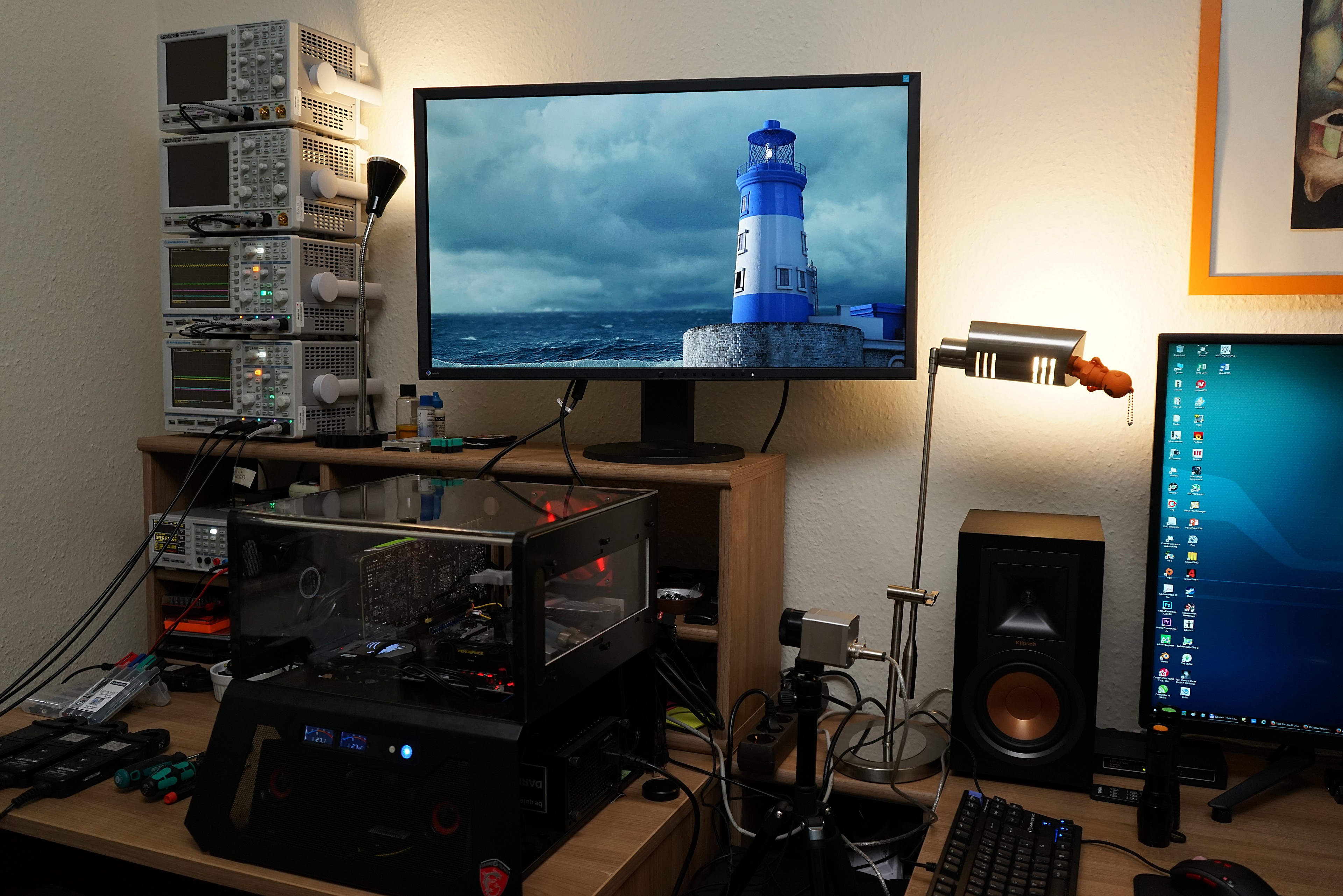


















Kommentieren